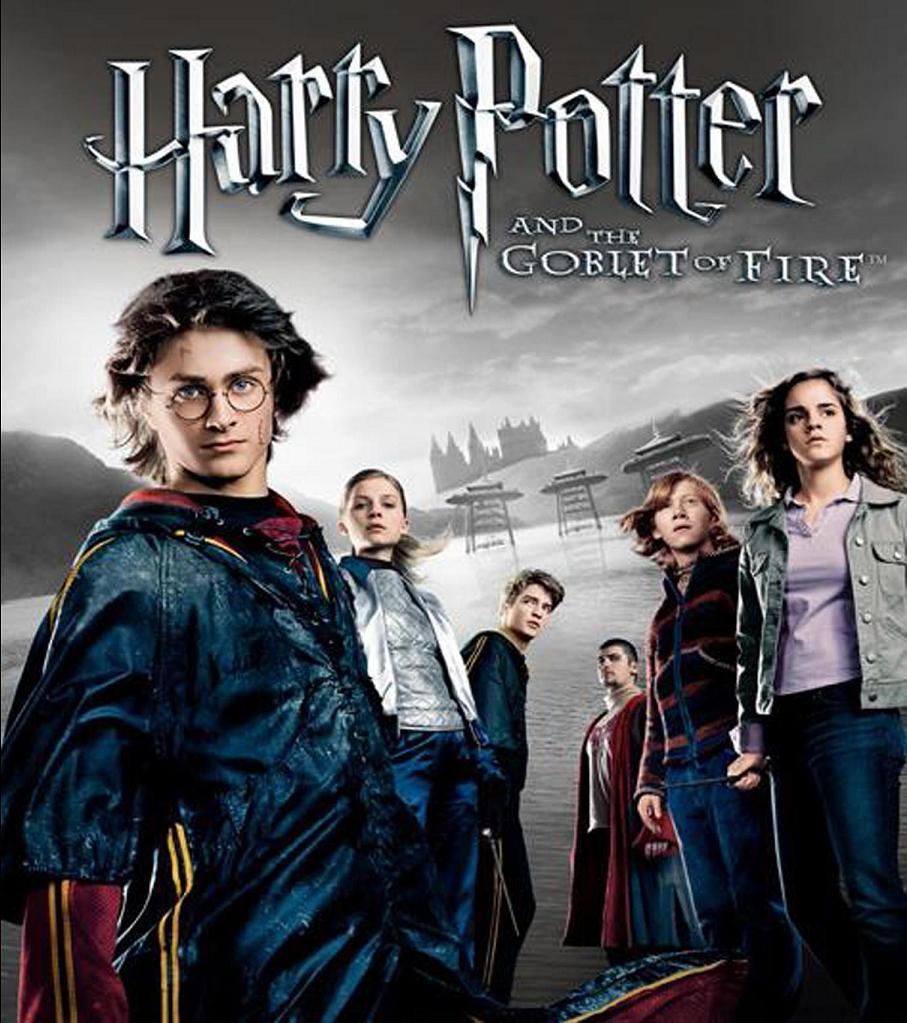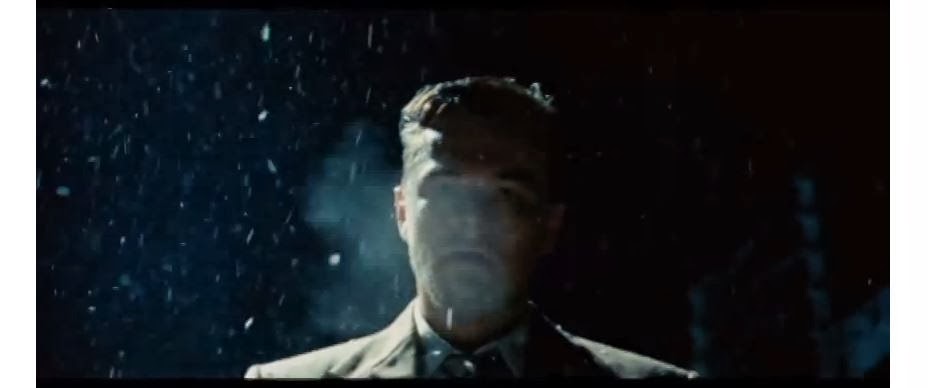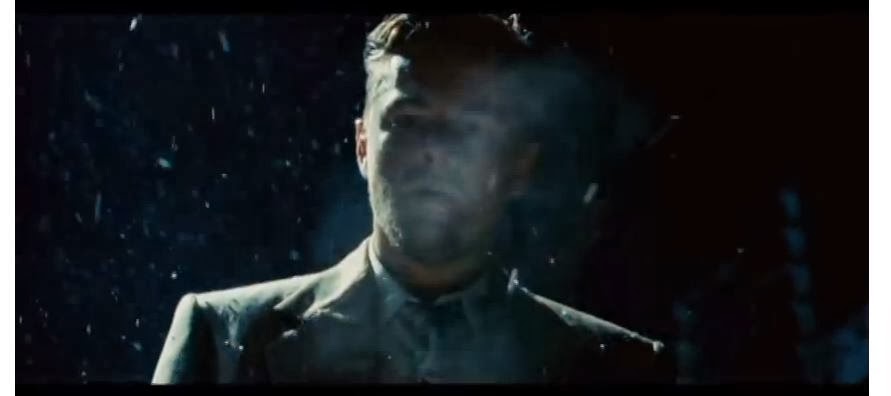CONTEXTUAL REFLECTION
WEEK 3
Film Form
This week was fruitful cause the lesson was rich in knowledge of film at its transparent form. What I meant is we start to see things we overlook.
Before anything else I would just like to talk about this film I watched during the weekends and I think that this is one of the movies that I watched not just for the viewing and amusement but as how it is made and staged.
 |
| ROBOCOP 2014 |
After the movie the first thing that I asked for was that ,who is the director? This film seems so different in its cinematography. I felt a sense of French New Waveness going on in the scenes. There are some scenes that I can re-link to Godard's Breathless. I don't want to spoil the film for you guys but watch each frame captured with such natural concentration on how things are placed. The lighting also really brings up the solid mood that they want to convey. There's this one part when Alex came home to his wife and kid, the cinematography is like a modernized french new wave and the camera was never static. I watched this 3 rows from the front and somehow I can see that each scene was just so breathtaking if you pause it. Characterwise, huge applause for Gary Oldman here, though I've seen him in Batman and Potter films, he still really nails it here in portraying Dr. Dennett Norton, how his emotions brought a big supporting act to embody someone whose caught in between situations. Want to know? Watch it ;)
Moving Back!
MONTAGE
First and foremost before this lecture began we were asked about the balance between "Aesthetic vs. Function".
I'm pretty sure this was a recap because I wasn't at the last class but it's equally important. I mean would you buy something that's so darn pretty but useless? or something junk like but actually a eureka discovery on its functionalities? I believe that balance is important for this two, I mean though sometimes we have to gauge depending on certain situations where you have to compromise or compensate between both. But overall. just keep them balanced then we break the rules if ever we need it for the greater good.
When I first saw montage, I'm creating inferences in my head with just a surge of many questions out of curiosity, is this like a collage? a group of videos mounted on screen?
After a few minutes my questions were answered simply by seeing it's components.
1. Graphic [Match Cut]
2. Rhythmic
3. Spatial Relation
4. Temporal Relation
5. Cross-Cutting
Let me just explain number one for us, Graphic or Match Cut is basically linking camera cuts graphically.
Say we have a scene with yoyos, imagine this is actually a live footage when the guy just let them down like
that dangling in mid air. Now to do a Match Cut, you have to actually link two scenes together by making the upcoming scene match the last one graphically.
Voila! I took these Christmas lights, can you spot the similarities now?
After knowing all the definitions, Montage became clear to me that it's all about how you manage your scenes. How you link them, how you set the cuts, the film spaces, time, setting and etc.
The word speaks for itself but this time it's about handling the scenes of your movie to create a strong film structure.
Different kinds of montage.
1. Metric Montage
2. Rhythmic Montage
3. Tonal Montage
4. Overtonal Montage
5. Intellectual Montage
Knowing all these different montage, I felt so senseless on how I viewed films, how can I overlook these kind of stuffs when they were just right in front of me? I believe that these ample amount of details really creates that illusion for us that makes us sit tight and be enticed on what we're watching.
Let me explain number 2 as an example, Rhythmic Montage is what we called the action within a frame, the flow of motion in it and not basing much on clarity. One good example of this is the Russian Film called "Battleship Potemkin"
Shots like these happened throughout the film, can't you feel the rising action of people moving here and there? toppling on each other and falling? There's this mass movement going on, you don't really know who's who or what is going on but the frames are actually focused on the movement within them.
This film is somehow similar in this one that I'm going to show you but I think this has a milder Rhythmic Montage but it has a mixture of Tonal Montage too.
WORLD WAR Z
Here are some screen caps of the Philadelphia scene when the first wide spread of the virus affects this community as our protagonist Gerry Lane and his family encounters it.
Look at the commotion going on each frame. If you watched it, the camera movement also plays a vital role on its motion because it exemplifies the distress and chaos in the scenes.
I also think its a mixture of Tonal Montage because there was a gradual tempo on emotional buildup going on. Let's take the Philly scene for example, Gerry is in the car with his family and they're kind of having this guessing game, What do we see in here? There's family time, that sense of security and bond. But then as the rising action goes, we start to get uncomfortable. Scenes are being cut in
a way that it build us up to be ready for the worse! Like suddenly an explosion out of nowhere, a police getting rammed by a brakeless truck in front of the kids, It's like a roller coaster ride for us. You might find that the worse is coming on the next cut but the scenes are gradually bringing us there maintaining that smooth transitions of moods.
Zombies going crazy piling up to form a pyramid to get to the other wall of Jerusalem. This is a great example of a Rhythmic Montage. Tonal in a manner when the loudness of the crowd inside provoked the wandering Zigs outside, then they got attracted to it, then they ran for it.
Overall, this lesson was an eye opener yet again to help us understand films as they should be technically and how a montage work in a movie that we don't notice at all. I will never really watch a film the same way as I would.





























